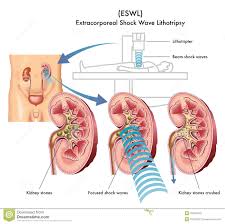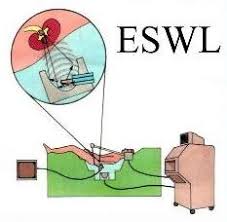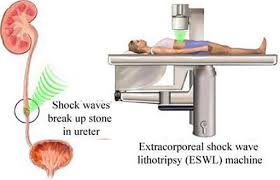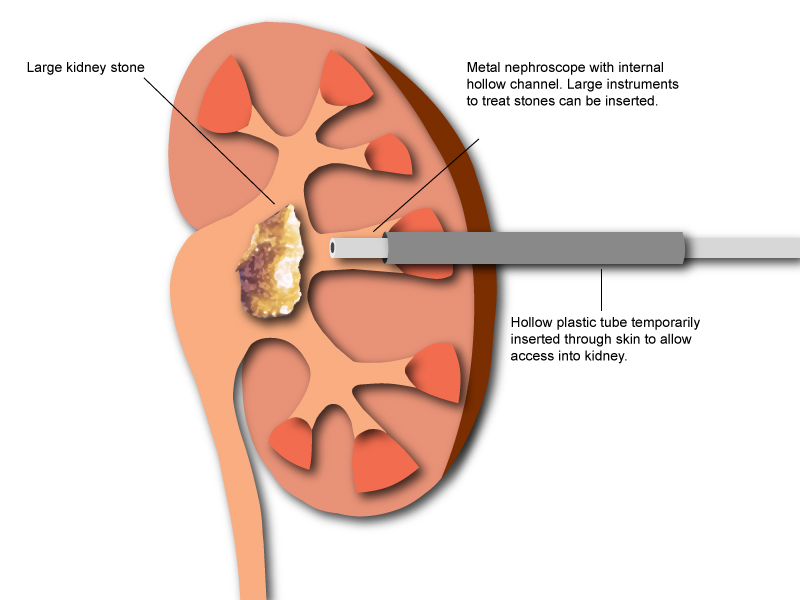



The dedicated Pawar Multispeciality Hospital is one of the best hospitals in Pune for ESWL Surgery.
The introduction of extracorporeal shock wave lithotripsy (ESWL) in the early 1980s revolutionized the treatment of patients with kidney stone disease. Patients who once required major surgery to remove their stones could be treated with ESWL, and not even require an incision. As such, ESWL is the only non-invasive treatment for kidney stones, meaning no incision or internal telescopic device is required.
ESWL involves the administration of a series of shock waves to the targeted stone. The shock waves, which are generated by a machine called a lithotripter, are focused by x-ray onto the kidney stone. The shock waves travel into the body, through skin and tissue, reaching the stone where they break it into small fragments. For several weeks following treatment, those small fragments are passed out of the body in the urine.
Although many of these parameters are beyond anyone’s control, such as the stone size and location in the kidney, there are other maneuvers that can be done during ESWL treatment that may positively influence the outcome of the procedure.
At the Institute, our surgeons have researched techniques to make lithotripsy safer and more effective, and we incorporate our own findings as well as those of other leading groups to provide a truly state of the art treatment.

The primary advantage of ESWL is that it is completely non-invasive.
ESWL is well suited to patients with small kidney stones that can be easily seen by x-ray.

ESWL is usually an outpatient procedure. You go home after the treatment and do not have to spend a night in the hospital.
After ESWL, stone fragments usually pass in the urine for a few days and cause mild pain. If you have a larger stone, you may need more ESWL or other treatments.
ESWL may be used on a person who has a kidney stone that is causing pain or blocking the urine flow. Stones that are between 4 mm (0.16 in.) and 2 cm (0.8 in.) in diameter are most likely to be treated with ESWL.
ESWL may work best for kidney stones in the kidney or in the part of the ureter close to the kidney. Your surgeon may try to push the stone back into the kidney with a small instrument (ureteroscope) and then use ESWL.

Because ESWL is a completely non-invasive therapy, most ESWL treatments are performed on an outpatient basis.
Although the use of anesthesia does depend on patient and physician preference, recent data suggest that the results of ESWL may be improved with the administration of a mild anesthetic.
When the patient has been adequately anesthetized, a computerized x-ray machine is used to pinpoint the location of the stone within the kidney. A series of shock waves (several hundred to two thousand) is administered to the stone. Our treatment protocols incorporate the latest research findings which suggest that adjustments of both the shock wave power and the rate at which the shock waves are delivered can affect treatment outcome.
Our goal when performing ESWL is to maximize the breakage of a patient’s kidney stone while minimizing injury that the shock waves can cause to the kidney and surrounding organs.
Typically, an ESWL procedure lasts for approximately one hour.